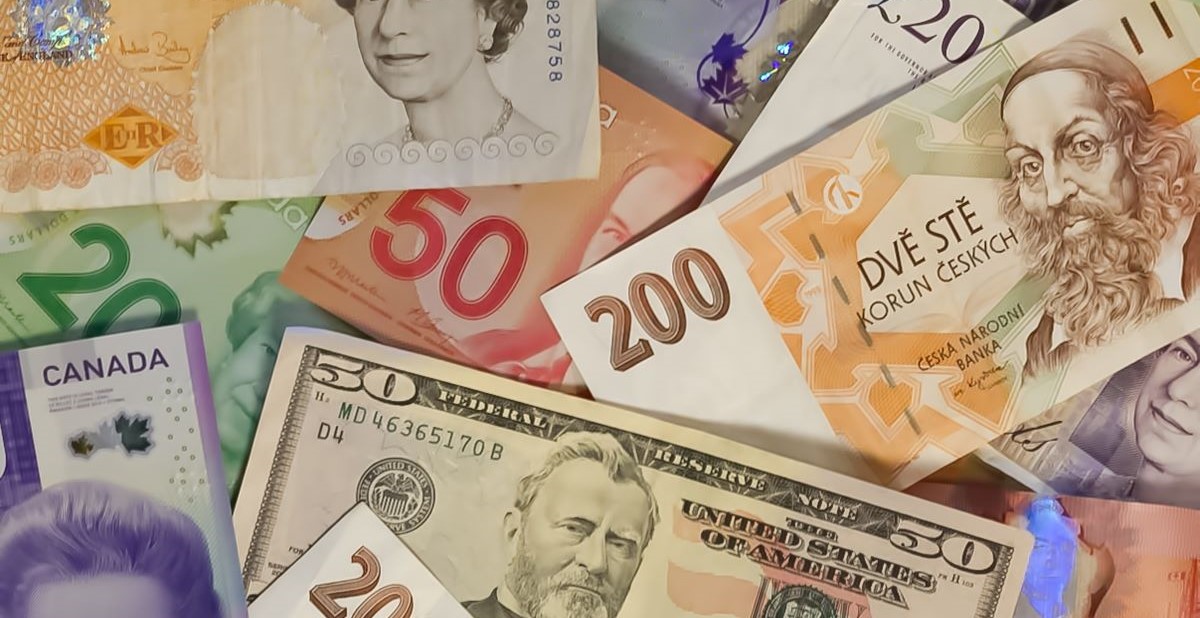How The Falling Chinese Yuan Affects The Promo Industry

The yuan, China’s currency, has continued its trend from earlier this year of devaluation. The euro is also losing value, while comparatively, the U.S. dollar remains strong from a global standpoint. As of July 13, the conversation rate is 6.72 Chinese yuan to one U.S. dollar. The lowest value for the yuan on record is 8.28 to the U.S. dollar, set in 2005. The euro is nearly equal to the U.S.
This trend, if it continues or accelerates, may reduce the costs for promo companies exporting goods from China. However, that alone is unlikely to solve many of the importing troubles that have surfaced since the pandemic.
Background:
As is the case in any global financial developments, there are many causes, only a handful of which are concrete and mostly agreed upon.
- As a means of combating inflation, the United States Federal Reserve has raised interest rates multiple times in 2022, and has plans to do continue to do so. This has numerous ramifications, one of which is pushing yields on Treasury bonds higher and thus making the dollar more attractive to investors.
- “We expect the dollar to continue to benefit from its status as a safe haven for international investors and commercial interests,” RSM Chief Economist Joe Brusuelas wrote in April.
- China’s yuan has decreased for numerous reasons as well. One is the country’s pursuit of a zero Covid policy, which has continued to result in restrictions for businesses and shipping routes.
- The Wall Street Journal also cites increased regulations implemented on Chinese tech companies and other sectors that are, at least temporarily, hurting the country’s economy. As the Chinese government places these regulations, investors appear skittish of involving themselves in a company or sector until they feel confident it won’t be negatively affected by new regulations.
The Promo Perspective:
- Sharing his perspective from the promotional products industry, Andy Shape, CEO of STRAN & Company (PPAI 161542, D10) this week told Bloomberg’s The Tape podcast, It does affect our business. A lot of the products that we bring in, we bring them in from China.”
- Ben Zhang, President and CEO of Greater Pacific (PPAI 191353, S9) says there are importing benefits to this development.
- “Overall, when the yuan devalues, the Chinese products become less expensive for American buyers,” Zhang says. “With the same amount of U.S. dollar, we can now buy more goods from China, which should benefit the American consumers & businesses.”
- However, Raine Mahdi, founder and CEO of global sourcing platform Zipfox, warns against being a prisoner of the moment. “If you zoom out and look at the yuan over the past two years, it’s actually doing quite well,” Mahdi says. “There’s also some uncertainty as to whether the recent dollar strength is sustainable. The name of the game right now across the board is volatility, and suppliers don’t rush to reprice their goods at every hiccup in the currency exchange rates.”
 More Context:
More Context:
Does a weak yuan make up for supply chain struggles? The short answer is most likely no. But that doesn’t mean that it isn’t welcome relief for the moment.
- “The yuan devaluation helps a little to lower the cost, but does not really resolve issues from the root,” Zhang says. “Covid lockdowns, chip and labor shortage, port congestion and customs delays, freight cost sharp increase, and Trump tariffs on Chinese products together created the current supply chain issues. I think we are in the slow process of recovery.”
- “It would be hard to find a discount significant enough to justify the lead times importers have faced over the past couple years,” Mahdi says. “Slowing consumer demand, retailers bogged down with too much inventory, and the increasing trend of U.S. importers diverting their supply chains to Mexico may relieve pressure on ports. That could help bring down shipping costs from China and improve lead times. Importers are becoming more aware of the advantages of a Mexico-based supply chain where the risk of port congestion is entirely removed, as there is no ocean between us, and goods mainly travel by land.”

